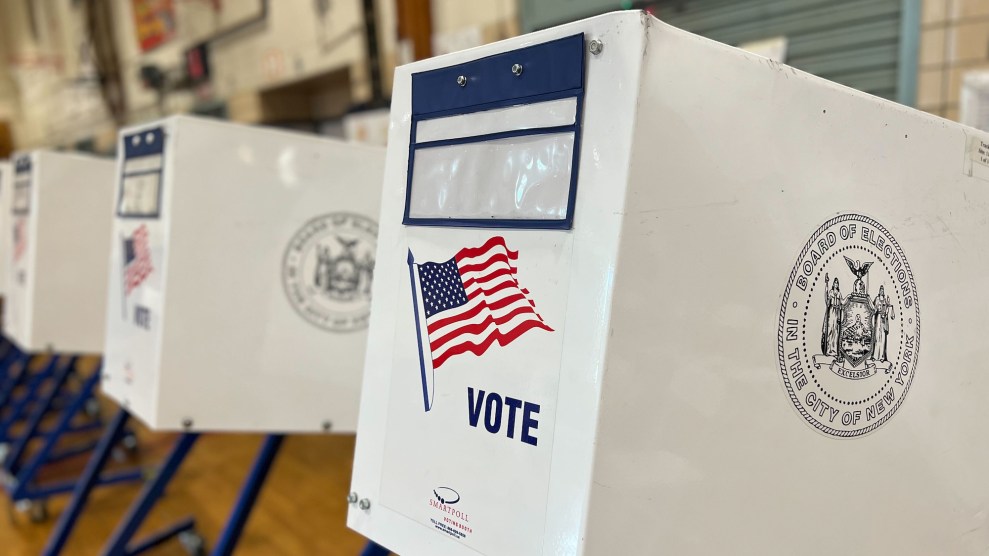The covert events of the past weekend show the value of keeping certain government secrets closely guarded. But if you’re looking for a more quantifiable way of assessing the value the Obama administration places on secrecy, you’re in luck.
According to its new report to the president, the Information Security Oversight Office (ISOO)—the federal agency that provides oversight of the government’s security classification system—puts the cost of classification for 2010 at over $10.17 billion. That’s a 15 percent jump from the previous year, and the first time ever that secrecy costs have surpassed $10 billion. Last month, ISOO reported that the number of original classification decisions generated by the Obama administration in 2010 was 224,734—a 22.6 percent jump from the previous year.
The price tag of government secrecy is actually higher than the ISOO report suggests. The agency reviews the classification of 41 agencies—but not the CIA or the National Security Agency, among other agencies, whose classification is itself classified. The Federation of American Scientists’ Steve Aftergood asked two security officials what damage to national security would result from releasing security cost estimates for the agencies in question. Their answer: that classifying that information “was consistent with intelligence community guidance.” In other words: because we said so.
Aftergood points out that there’s a plan for reforming the classification process, waiting in the wings to the implemented. But the White House has dragged its feet, and it remains in policy purgatory.















